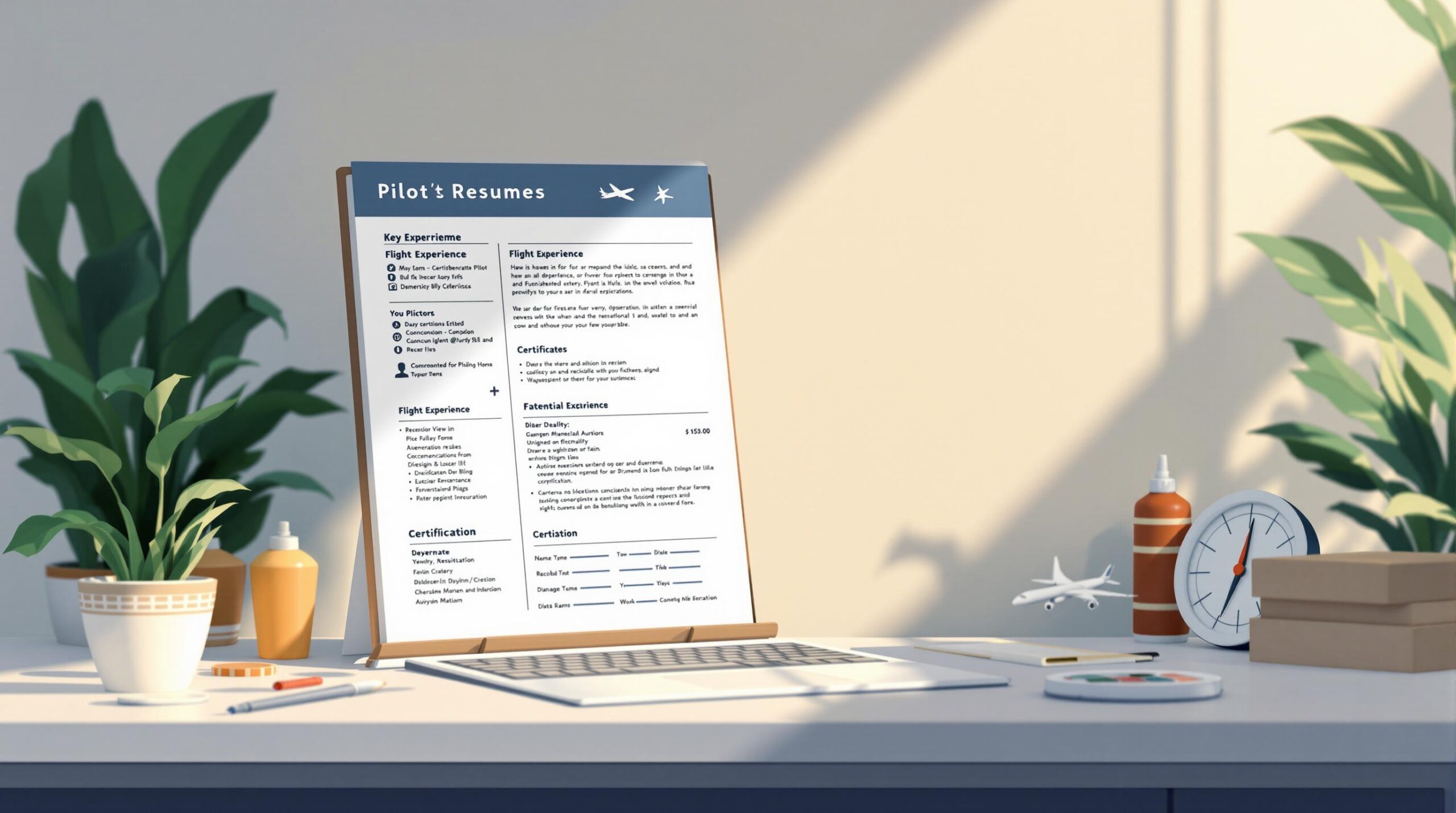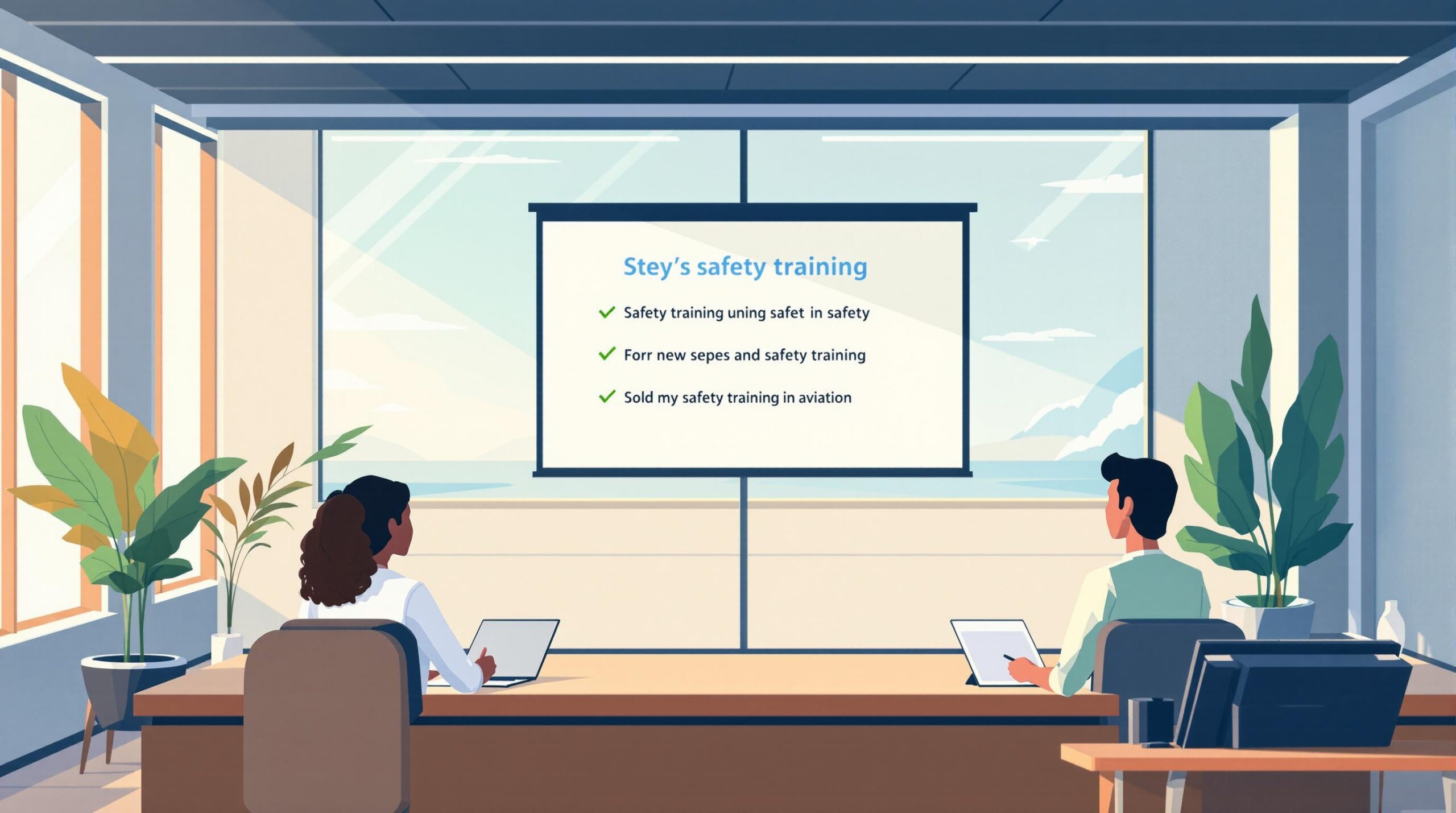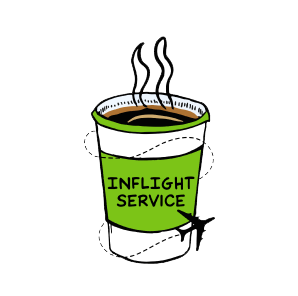Airline pilots can boost their income and skills with side-hustles that fit their schedules and expertise. Whether it’s teaching, consulting, or investing, these opportunities provide flexibility and financial growth alongside a flying career.
Top Side-Hustles for Pilots:
- Freelance Flight Instruction: Teach flying or specialized skills like drone operations.
- Aviation Consulting: Offer expertise in safety, operations, or legal cases.
- Drone Operations: Use Part 107 certification for aerial surveys or inspections.
- Real Estate Investment: Manage rental properties during downtime.
- Content Creation: Share aviation knowledge through videos, blogs, or podcasts.
- Online Teaching: Create courses on platforms like Udemy or Coursera.
Key to Success: Manage time carefully, leverage aviation skills, and ensure compliance with regulations. Use tools like Google Calendar or Trello to stay organized. Start small and grow your side-hustle without compromising your primary career.
Airline Pilot Premium Pay: How to Make $1,000,000 a Year
Side-Hustles in Aviation
Airline pilots have the chance to turn their aviation skills into extra income through flexible side-hustles that fit their schedules and expertise.
Freelance Flight Instruction
Teaching others to fly can be a rewarding way to earn extra money. Focusing on specialized areas, like training in unique aircraft such as the Icon A5, often allows instructors to charge higher rates [1]. Many pilots use tools like FlightSchedulePro or MyFlightBook to manage lessons around their airline commitments.
Aviation Consulting
Pilots with extensive experience can share their knowledge by offering consulting services. This could include helping with legal cases, improving operational processes, providing career advice, or conducting safety reviews. Companies like Cage Consulting are known for offering high-paying opportunities in these areas [2]. Platforms such as Kit Darby Aviation Consulting and Cage Consulting connect pilots with clients seeking their expertise [2][3].
Drone Operations
The growing drone industry is another area where pilots can put their skills to work. With a Part 107 certification, they can explore commercial opportunities in fields like real estate, agriculture, and infrastructure.
| Industry | Common Applications |
|---|---|
| Real Estate | Property surveys, marketing videos |
| Agriculture | Monitoring crops, precision farming |
| Infrastructure | Inspecting bridges and buildings |
When stepping into these side-hustles, staying organized and following FAA regulations is key. Many pilots start with small projects and gradually grow their services as they gain experience and build a strong reputation.
These opportunities not only bring in extra income but also keep pilots engaged with their field, opening doors to other possibilities beyond traditional aviation roles.
Side-Hustles Outside Aviation
For airline pilots looking to earn extra income outside of flying, there are several opportunities that fit well with their skills and schedules.
Real Estate Investment
Pilots often have downtime between flights, making it easier to manage rental properties and tenants. Many choose properties near their base airports, allowing for convenient oversight during layovers [1]. To succeed, you’ll need to understand property management, financial analysis, market trends, and local regulations.
Aviation Content Creation
Pilots with a knack for storytelling can create content for aviation enthusiasts and aspiring pilots. This could include videos, blogs, or podcasts, where they share their experiences and expertise. Using cloud tools helps maintain consistency even with unpredictable schedules [1]. Success in this space requires strong skills in video editing, writing, or podcast production, along with a solid understanding of how to engage an audience [4].
Teaching and Education
Pilots can share their knowledge by teaching skills like leadership, time management, or technical expertise. Online platforms like Udemy and Coursera make it easy to reach a worldwide audience. Courses that combine aviation insights with broader professional skills can be particularly appealing [1].
These side-hustles not only provide extra income but also offer a break from the routine of flying. Digital tools make it easier to manage tasks remotely, and accounting software can help track earnings from these ventures [1]. The key is setting clear boundaries to ensure these pursuits don’t interfere with your primary flying responsibilities [2].
Balancing these opportunities with a busy aviation career takes careful planning and discipline, but it can be rewarding both financially and personally.
sbb-itb-de05b1b
Balancing Side-Hustles with Pilot Duties
Time Management
Pilots often juggle demanding schedules, which makes managing time a top priority for those pursuing side-hustles. Time-blocking is a popular approach, allowing pilots to set aside specific periods for their side projects without clashing with flight duties [5]. Digital tools like Google Calendar help map out these time slots, making it easier to avoid conflicts and stay organized.
Good time management is only part of the equation. Establishing clear boundaries is just as important to maintain focus and avoid burnout.
Setting Work Boundaries
Boundaries play a key role in balancing responsibilities. By creating dedicated time slots, workspaces, and even setting specific contact hours, pilots can ensure their side-hustles don’t disrupt their primary job.
| Boundary Type | Strategy | Purpose |
|---|---|---|
| Time | Allocate fixed hours for side tasks | Prevent overlap with flying duties |
| Rest | Schedule protected downtime | Ensure proper recovery and avoid fatigue |
These strategies help pilots stay productive while protecting their well-being.
Using Technology
Technology can be a game-changer when managing a side-hustle alongside a busy career. Tools like Trello for project organization, Zapier for automating repetitive tasks, and financial software for tracking earnings streamline operations [5]. These tools are especially helpful when pilots are in the air or focused on their primary responsibilities.
Technology makes balancing side-hustles more efficient and less overwhelming.
Tools and Resources for Side-Hustles
Airline pilots face unique challenges like unpredictable schedules and strict compliance rules. Having the right tools and resources can make managing a side-hustle much easier.
Pilot Pathfinder for Career Management

Pilot Pathfinder is a tool designed to help pilots stay on top of career tasks. It keeps records organized and accessible, which is a huge time-saver. This allows pilots to focus on their entrepreneurial efforts without neglecting their main responsibilities.
Platforms and Resources
Pilots can tap into their skills and interests using a variety of platforms, such as:
- YouTube: Share aviation-related content, from tutorials to travel vlogs.
- Etsy: Sell digital products like flight planning templates or online courses.
- Patreon: Offer subscription-based content for followers who want exclusive insights or materials.
- Airbnb: Manage real estate investments or short-term rentals.
These platforms are flexible, making them a great fit for pilots juggling flying schedules and side businesses.
Learning and Professional Growth
Continuous learning and networking are key for pilots who want to expand their side-hustles. Engaging with industry experts and peers can spark new ideas and help ensure compliance with regulations. Professional development tools and resources also help pilots balance their aviation careers with entrepreneurial goals while maintaining high standards.
Conclusion: Building a Future with Side-Hustles
The aviation industry provides pilots with opportunities to expand their expertise beyond flying. This guide has highlighted various ways pilots can use their skills and schedules to explore new ventures. The growing drone market, along with more traditional aviation-related paths, offers plenty of room for entrepreneurial pilots to thrive.
Balancing aviation duties with side projects is key to success. By choosing pursuits that match their skills and fit within their schedules, pilots can create additional income streams without compromising their primary careers. Tools like Pilot Pathfinder can help streamline day-to-day responsibilities, freeing up time for side-hustle development.
Starting small allows pilots to test the waters without overwhelming their work-life balance. Options like consulting, specialized flight instruction, or contract flying are practical ways to diversify income while staying grounded in aviation. Success lies in using modern tools effectively and maintaining the professionalism that the aviation field demands.
Side-hustles don’t just offer financial benefits – they also provide long-term growth and stability. As the industry evolves, pilots can seize opportunities in areas like drones, consulting, or even creating content. With a focus on continuous learning and smart use of resources, airline pilots can build side-hustles that enhance their careers and financial well-being.




